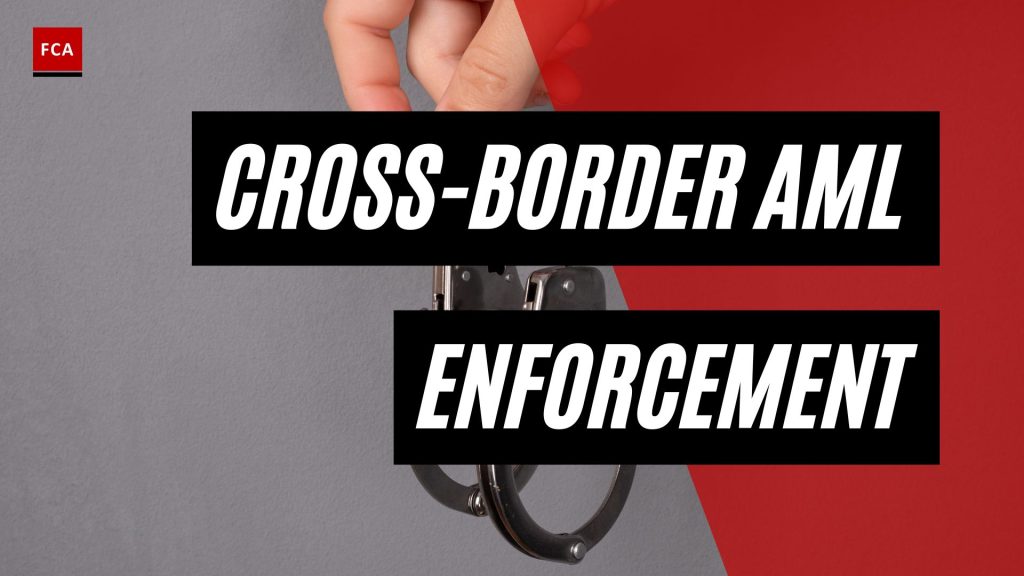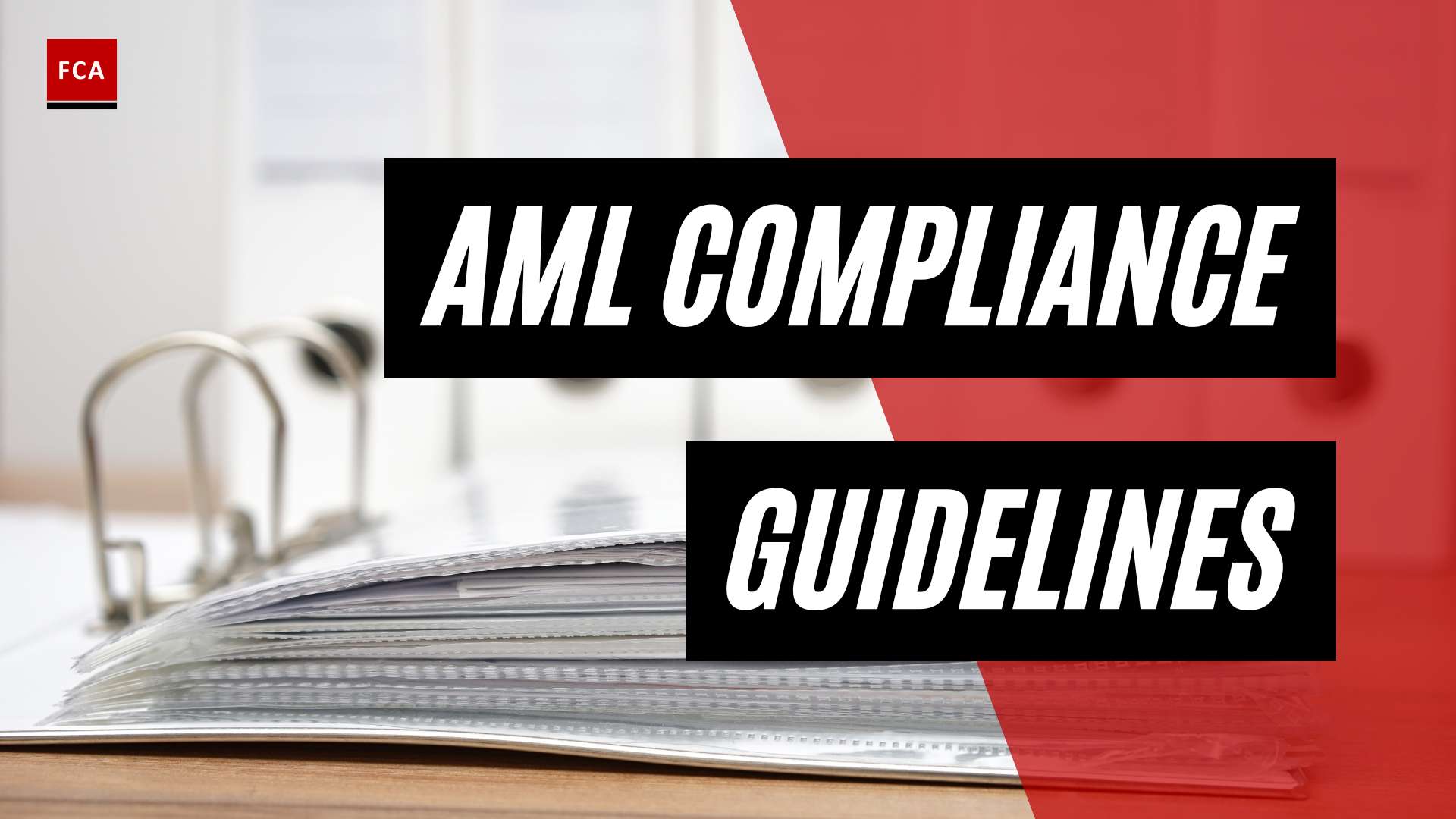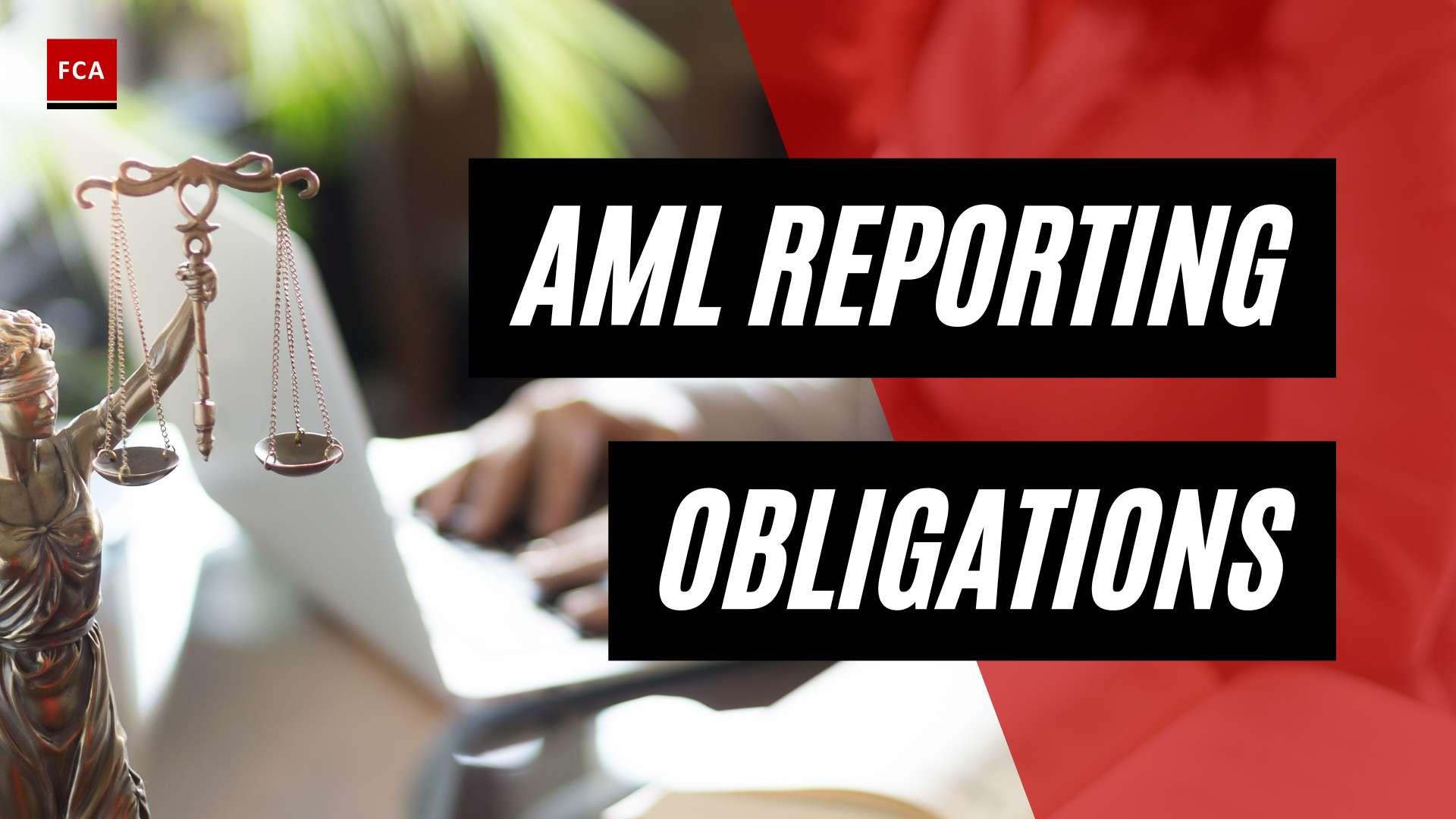Cross-Border AML Enforcement: An Overview
Cross-border AML enforcement plays a crucial role in the global fight against money laundering and the financing of terrorism. The importance of effective cross-border enforcement cannot be understated, as illicit funds can easily flow across jurisdictions, making it essential to have robust measures in place to detect and prevent money laundering activities.
The Importance of Cross-Border AML Enforcement
Collaborative efforts in cross-border AML enforcement are becoming increasingly prominent as financial institutions and organizations recognize the need to combat money laundering effectively on a global scale. The rise of digitalization in cross-border payments has introduced new complexities and challenges in ensuring compliance with AML regulations. Financial institutions must establish comprehensive risk management frameworks that include customer due diligence, transaction monitoring, and sanctions screening to detect and prevent money laundering activities across borders.
Regulatory bodies, such as the Financial Crimes Enforcement Network (FinCEN) in the United States, play a crucial role in overseeing cross-border AML efforts. They issue regulations and guidelines that financial institutions must adhere to, reducing the risk of money laundering in cross-border transactions.
International collaboration is essential in AML efforts due to the nature of money laundering, which transcends national borders. By establishing solid channels for information sharing and intelligence exchange, countries can gain valuable insights into evolving tactics, patterns, and trends associated with illicit financial activities (Sanction Scanner). Furthermore, international cooperation allows countries to develop and adopt global standards and best practices that enhance the effectiveness of AML measures, ensuring consistent implementation of preventive measures across jurisdictions (Sanction Scanner).
Challenges in Cross-Border AML Compliance
While cross-border AML enforcement is crucial, it comes with several challenges. Legal and regulatory frameworks differ across jurisdictions, creating complexities in coordinating and harmonizing efforts. Financial institutions operating across borders must navigate these frameworks to ensure compliance and prevent money laundering activities (Tookitaki).
Data privacy and transfer restrictions also pose challenges in cross-border investigations. Striking a balance between information sharing for AML purposes and protecting personal privacy rights can be a delicate task. Jurisdictions must address these concerns and establish mechanisms that allow for effective cooperation while respecting privacy rights (Tookitaki).
Cultural considerations and language challenges can further complicate cross-border AML enforcement. Understanding diverse cultural norms and linguistic nuances is essential for effective collaboration and communication among international partners. Overcoming these challenges requires building strong relationships and fostering a shared understanding of AML objectives and strategies.
Despite these challenges, successful examples of international collaboration efforts exist, demonstrating the importance and impact of global cooperation in combating financial crimes. Collaborative efforts, international partnerships, and training programs contribute to enhanced cross-border AML enforcement, ultimately strengthening the integrity and resilience of the global financial system.
International Collaboration in AML Efforts
In the fight against money laundering, international collaboration plays a crucial role in strengthening anti-money laundering (AML) efforts. The global nature of financial transactions and illicit activities necessitates cooperation among countries to effectively combat money laundering and terrorist financing. In this section, we will explore the role of the Financial Action Task Force (FATF) and the importance of promoting regulatory cooperation and global standards in cross-border AML enforcement.
The Role of Financial Action Task Force (FATF)
The Financial Action Task Force (FATF) is a prominent international organization that plays a pivotal role in AML efforts worldwide. Established in 1989, the FATF sets global standards and develops recommendations to combat money laundering, terrorist financing, and the proliferation of weapons of mass destruction. Its recommendations serve as a guide for countries in developing and enhancing their AML/CFT frameworks.
The FATF conducts mutual evaluations to assess the compliance of member countries with its recommendations. These evaluations provide valuable insights into the effectiveness of AML measures and help identify areas for improvement. By analyzing the strengths and weaknesses of national AML/CFT systems, the FATF encourages countries to align their frameworks with global standards, thereby fostering greater consistency and effectiveness in cross-border AML enforcement.
To ensure the implementation of its recommendations, the FATF monitors the progress of member countries and actively engages with them in addressing deficiencies. Through its evaluations, guidance, and ongoing dialogue, the FATF promotes a collaborative approach to AML enforcement, facilitating the exchange of best practices and the development of robust AML/CFT regimes.
Promoting Regulatory Cooperation and Global Standards
Effective cross-border AML enforcement requires close regulatory cooperation among countries. By establishing channels for information sharing, intelligence exchange, and cooperation in investigations, countries can work together to identify and disrupt money laundering networks that transcend national borders.
Regulatory bodies, such as the Financial Crimes Enforcement Network (FinCEN) in the United States, also play a significant role in overseeing cross-border AML efforts. They issue regulations and guidelines that financial institutions must adhere to, ensuring compliance with AML/CFT measures and reducing the risk of money laundering in cross-border transactions.
Promoting global standards in AML/CFT is essential for enhancing cross-border enforcement. By aligning their frameworks with internationally recognized standards, countries can bridge regulatory gaps and ensure consistent implementation of preventive measures. This alignment strengthens the integrity and resilience of the global financial system, making it more challenging for criminals to exploit loopholes in different jurisdictions.
International collaboration also involves sharing expertise and knowledge through training and capacity-building initiatives. By investing in education and skills development, countries can enhance the capabilities of their AML/CFT professionals, improving the effectiveness of cross-border investigations and enforcement.
Through collaborative efforts and the promotion of regulatory cooperation and global standards, countries can strengthen their collective ability to combat money laundering and terrorist financing. By working together, they can close loopholes, disrupt illicit financial networks, and protect the integrity of the global financial system.
For more information on cross-border AML enforcement and other related topics, please visit our article on cross-border AML regulations.
AML Compliance Framework for Cross-Border Payments
To effectively combat money laundering and ensure the integrity of cross-border transactions, financial institutions must establish a robust AML compliance framework that includes various measures. This framework aims to prevent illicit funds from being laundered through cross-border channels. Key components of the AML compliance framework for cross-border payments include customer due diligence, transaction monitoring and suspicious activity detection, and sanctions screening and compliance.
Customer Due Diligence in Cross-Border Transactions
Customer due diligence (CDD) is a critical component of AML compliance in cross-border transactions. It involves verifying the identity of customers, assessing their risk profiles, and understanding the nature of their transactions. Financial institutions need to conduct enhanced due diligence (EDD) for higher-risk customers, such as politically exposed persons (PEPs) and those from high-risk jurisdictions.
By implementing a robust CDD process, financial institutions can identify and mitigate the risk of money laundering and other illicit activities in cross-border transactions. This involves collecting and analyzing relevant customer information, conducting ongoing monitoring, and reporting suspicious transactions as required by cross-border AML reporting requirements.
Transaction Monitoring and Suspicious Activity Detection
Transaction monitoring is an essential aspect of cross-border AML compliance. It involves the continuous monitoring of transactions to detect suspicious activities that may indicate money laundering or other illicit behavior. Financial institutions use advanced technologies and analytical tools to analyze transactional data, identify patterns, and flag potentially suspicious activities for further investigation.
By implementing robust transaction monitoring systems, financial institutions can effectively detect unusual transactional patterns, such as structuring, layering, or smurfing, which are common money laundering techniques. This proactive approach enables timely reporting and helps prevent illicit funds from flowing through cross-border channels.
Sanctions Screening and Compliance
Compliance with international sanctions is crucial in cross-border AML enforcement. Financial institutions must screen cross-border transactions against various sanction lists to ensure they are not facilitating transactions with individuals, entities, or countries subject to sanctions. Sanctions screening involves comparing customer and transactional data against global sanction lists to identify any matches or potential risks.
By implementing effective sanctions screening processes, financial institutions can prevent illicit actors from exploiting cross-border transactions for money laundering, terrorist financing, or other illicit purposes. Compliance with cross-border money laundering laws and adherence to global AML compliance standards are essential to maintain the integrity of the financial system and prevent illicit funds from entering the legitimate economy.
To enhance the effectiveness of AML compliance in cross-border payments, financial institutions should leverage advanced technologies and data analytics. These technologies enable the detection of complex patterns and anomalies in large volumes of data, helping to identify potential money laundering activities (Tookitaki).
By adopting a comprehensive AML compliance framework that incorporates customer due diligence, transaction monitoring and suspicious activity detection, and sanctions screening and compliance, financial institutions can strengthen their defenses against money laundering in cross-border transactions. These measures, coupled with international collaboration and adherence to global AML compliance standards, are crucial in combating money laundering and ensuring the integrity of the global financial system.
Leveraging Technology in Cross-Border AML Enforcement
To effectively combat money laundering in cross-border transactions, leveraging technology has become increasingly crucial. Advanced technologies such as artificial intelligence (AI) and machine learning (ML) play a significant role in enhancing cross-border AML enforcement efforts. These technologies enable financial institutions to analyze large volumes of data, identify patterns of suspicious activities, and strengthen their AML compliance measures in the cross-border payments domain.
Role of Artificial Intelligence (AI) and Machine Learning (ML)
Artificial intelligence (AI) and machine learning (ML) are revolutionizing the way financial institutions combat money laundering in cross-border transactions. These technologies have the capability to process vast amounts of data, detect complex patterns, and identify potential money laundering activities with greater accuracy and efficiency. By continuously learning from data and adapting their algorithms, AI and ML systems can improve over time, enhancing their ability to detect new and evolving money laundering techniques.
Financial institutions can leverage AI and ML to automate processes such as transaction monitoring and suspicious activity detection. These technologies can analyze transactional data in real-time, flagging any unusual or suspicious transactions for further investigation. By reducing false positives and improving detection rates, AI and ML systems enable more effective and efficient cross-border AML enforcement.
Enhanced Data Analysis for Effective Detection
The rise of digitalization in cross-border payments has introduced new complexities and challenges in ensuring compliance with AML regulations. Financial institutions need robust systems and technologies to monitor transactions effectively and detect suspicious activities, especially in the cross-border context. Enhanced data analysis techniques, powered by AI and ML, enable financial institutions to identify patterns, anomalies, and relationships hidden within vast amounts of data.
Through advanced data analytics, financial institutions can uncover hidden connections between entities, detect unusual transactional behavior, and identify potential money laundering networks operating across borders. By leveraging AI and ML, financial institutions can enhance their ability to detect and prevent cross-border money laundering.
Robust Systems and Technologies for Monitoring
To effectively monitor cross-border transactions for AML compliance, financial institutions require robust systems and technologies. These systems should be capable of processing large volumes of data in real-time, applying sophisticated algorithms to identify potential money laundering activities. By integrating AI and ML technologies into their monitoring systems, financial institutions can enhance their ability to detect suspicious transactions and mitigate the risk of money laundering.
Additionally, financial institutions can leverage technologies that adopt a behavioral-based analysis approach. This approach focuses on analyzing patterns of behavior rather than relying solely on predefined rules. By identifying deviations from normal behavior, financial institutions can detect and investigate potential money laundering activities more effectively.
By embracing advanced technologies and employing robust systems for monitoring and detection, financial institutions can significantly enhance cross-border AML enforcement efforts. These technologies empower financial institutions to analyze vast amounts of data, detect suspicious activities, and take proactive measures to combat money laundering in the global financial system.
Overcoming Jurisdictional Challenges in Cross-Border Investigations
When conducting cross-border investigations, various jurisdictional challenges can arise, requiring careful consideration and adaptation. These challenges include legal and regulatory frameworks, data privacy and transfer restrictions, as well as cultural considerations and language barriers.
Legal and Regulatory Frameworks
Each jurisdiction involved in a cross-border investigation has its own unique legal and regulatory framework that affects the review process. It is crucial to understand the specific laws and regulations applicable in each jurisdiction to ensure compliance and proper conduct of the investigation. Factors to consider include:
- The authority and qualifications of individuals who can carry out the review.
- Access to and transfer of data, taking into account local data privacy laws that may impose restrictions on how or whether data can be accessed and transferred outside the country.
- Legal treatment of underlying conduct, including variations in attorney-client privilege, corporate criminal liability, and self-disclosure requirements.
- Labor laws and regulations that may impact the investigation process.
- Application of legal privilege and its implications on the documentation of the investigation.
Understanding and navigating these legal and regulatory frameworks is essential for conducting effective cross-border investigations. It ensures that the investigation is conducted in compliance with local laws and regulations while achieving the desired outcomes.
Data Privacy and Transfer Restrictions
Data privacy laws can impose restrictions on how data can be accessed and transferred across borders. In cross-border investigations, this can present challenges in terms of data collection, preservation, and review. It may require conducting the review in-country to comply with local data privacy laws. Factors to consider include:
- Different document management protocols and systems in different jurisdictions that impact data preservation and collection in an investigation.
- The application of legal privilege and its impact on the investigations team’s work papers.
- Restrictions on transferring data outside the jurisdiction and the need to comply with local data protection regulations.
Adhering to data privacy and transfer restrictions is crucial to ensure compliance with applicable laws and regulations while effectively managing and analyzing data during the investigation process.
Cultural Considerations and Language Challenges
Cross-border investigations often involve multiple jurisdictions with different cultural norms and languages. Understanding and addressing cultural considerations and language challenges is essential for conducting successful investigations. Factors to consider include:
- Interpreting employee behavior and adapting interview techniques to local norms.
- Language challenges that may require the use of translators and accurate translations for interviews and documentation.
- Effective management of a cross-border investigation involving multiple jurisdictions, including identifying the right individuals with the necessary cultural and language expertise.
Recognizing and adapting to cultural considerations and language challenges can enhance communication, foster cooperation, and ensure accurate understanding during the investigation process.
By navigating these jurisdictional challenges, including legal and regulatory frameworks, data privacy and transfer restrictions, as well as cultural considerations and language barriers, cross-border investigations can be conducted effectively and in compliance with applicable laws and regulations.
Successful Examples of Cross-Border AML Enforcement
When it comes to combating money laundering and financial crimes, successful examples of cross-border AML enforcement highlight the importance and impact of global collaboration and cooperation. By working together, countries can enhance their AML efforts, strengthen regulatory frameworks, and foster information sharing. Here are some notable examples:
Collaborative Efforts and Impact
International collaboration plays a vital role in the fight against money laundering and terrorism financing. Through the establishment of solid channels for information sharing and intelligence exchange, countries gain valuable insights into evolving tactics, patterns, and trends associated with illicit financial activities. This collaborative approach allows for a more comprehensive understanding of global money laundering networks and helps identify key players involved in such activities (Sanction Scanner).
One notable example of successful collaboration is the Financial Action Task Force (FATF), an intergovernmental organization that sets global standards and promotes regulatory cooperation in the field of AML/CFT. The FATF conducts mutual evaluations and peer reviews to assess countries’ compliance with its recommendations and facilitates international cooperation to combat money laundering and terrorist financing (Sanction Scanner). Such collaborative efforts have a significant impact on strengthening AML frameworks worldwide.
International Partnerships and Information Sharing
Beyond information exchange, international collaboration in AML efforts involves establishing global standards, promoting regulatory cooperation, and developing robust frameworks for enforcement and supervision. By aligning their AML/CFT frameworks, countries can close regulatory gaps and ensure consistent implementation of preventive measures. This alignment strengthens the integrity and resilience of the global financial system by minimizing loopholes that criminals might exploit.
The U.S. Department of Justice is actively engaged in cross-border AML enforcement cooperation and collaboration with international partners. Through initiatives such as the Kleptocracy Asset Recovery Initiative and participation in the Egmont Group, the Department of Justice demonstrates its commitment to combatting money laundering and terrorist financing. These partnerships enable the sharing of best practices, intelligence, and resources, leading to more effective AML enforcement efforts.
Training and Capacity Building Initiatives
Capacity building is a crucial aspect of successful cross-border AML enforcement. Training programs and workshops foster the transfer of skills and knowledge, enabling countries to improve their AML/CFT capabilities. By investing in training initiatives, countries can enhance the skills of their law enforcement agencies, financial institutions, and regulatory bodies. This, in turn, strengthens their ability to detect, investigate, and prevent money laundering activities (Sanction Scanner).
The Department of Justice’s Global Investigations Initiative is an example of efforts to combat global corruption and illicit finance through cross-border AML enforcement actions. This initiative leverages diverse investigative tools and intelligence capabilities, highlighting the Department’s dedication to disrupting and dismantling illicit finance networks (U.S. Department of Justice). Training and capacity building programs empower law enforcement agencies to effectively tackle cross-border money laundering and financial crimes.
By collaborating internationally, forming partnerships, and investing in training initiatives, countries can strengthen their cross-border AML enforcement capabilities. These successful examples demonstrate the value of global cooperation in combating money laundering and terrorist financing, protecting national security, and preserving the integrity of the global financial system.









